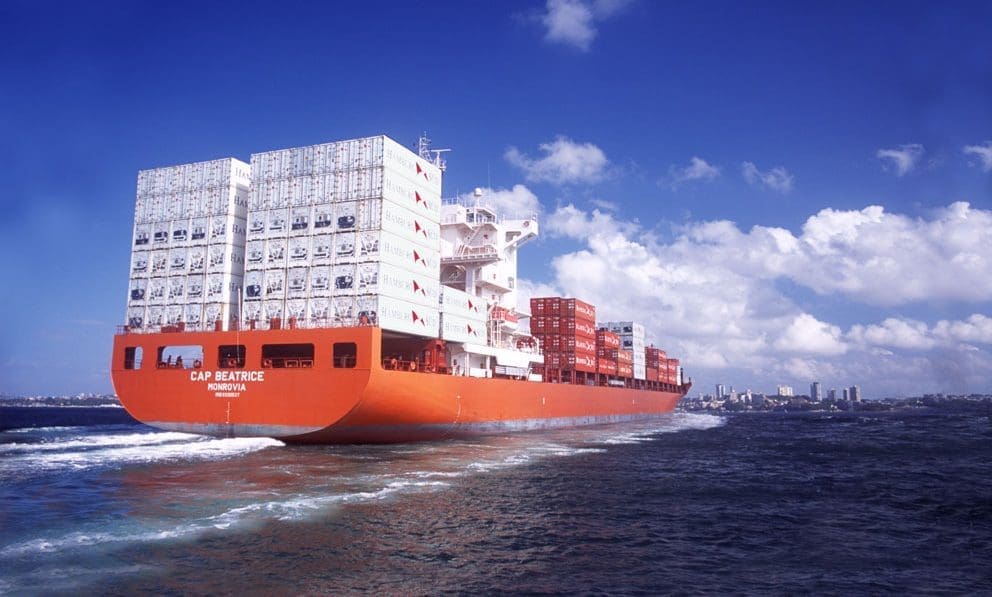
THERE’S been a moderate easing in export trade activity in November, but regardless, Australia is sailing towards a calendar year record beef export volume this year somewhere close to 1.3 million tonnes.
Monthly export shipment data released by DAFF yesterday shows November exports to all markets at 118,878 tonnes, down 9pc on the monthly all-time record set in October above 130,000t, but still 16pc higher than November last year.
For the calendar year to date, exports have now hit 1.216 million tonnes, up a massive 240,000t or 25pc on the same 11-month period last year.
It’s been evident for at least the past six months that records might be challenged this year.
Australia’s two previous record high export volumes were set in 2015-16 when tonnage hit 1.22m and 1.23m tonnes – driven squarely by drought-fuelled cattle turnoff on an epic scale.
Even with an month’s production to go, the 2024 year-to-date volume is already close to those figures. December exports are inevitably one of the slowest months of the year as processors enter their traditional Christmas/New Year annual break, but the annual record will easily be eclipsed in 25 days’ time.
Carcase weights
The surprising thing is it’s being done with a relatively modest head-count.
National adult cattle slaughter for the first three quarters, to the end of September, stood at 6.17 million head. That’s up almost a million head on the same nine-month period a year earlier, but nowhere near the record.
The reason is carcase weight. Growing momentum in lotfeeding, and a declining proportion of females in the national kill has pushed average carcase weights higher.
Australian carcase weights have been increasing since data collection began in 1970. Back then, the average adult cattle carcase weight was 207kg. In the second quarter of this year, 54 years later, the average weight is nearly 100kg heavier at 305kg, representing a 47pc increase. Improvements to production practices, operational decisions, export and domestic retail demands, investments in genetics, and growth in feedlots have all contributed to the growing change in carcases.
Looking in the shorter term, in the last ten years carcase weights have lifted from 277kg to 307kg. Carcase weights hit 300kg for the first time at the start of 2018, however dipped over the following three years due to a drought-driven destock which caused a higher portion of female turnoff. After this, the herd went into a strong rebuild phase, lifting weights back up as male cattle were turned off, and interest in lotfeeding grew.
Since the tail end of the herd rebuild, and through the current maintenance period, carcase weights have flattened out as producers turn off more female breeding stock which were retained over the rebuild.
Most export markets remain strong
All of Australia’s key beef export markets have shown strident growth in tonnage this year.
Largest export customer the United States took another 35,026t of chilled and frozen Australian beef in December, delivering an accumulated 352,440t for the year to date – up a startling 142,000t or 68pc on last year, as the US herd decline impact starts to bite.
South Korea’s intake reached just over 19,000t in November – down a little from the annual record set in October, but still 5pc higher than November last year. Calendar year to date, South Korea has hit 182,000t, up 5pc on last year.
The Safeguard mechanism contained in the Australia-Korea FTA (see details in this earlier story) triggered on 24 October, pushing tariffs on all remaining 2024 exports from 10.6pc to 24pc. That partly accounted for the slight dip in volume last month, compared with October.
Japan’s Aussie Beef import volume in November reached 17,515t, down 17pc on the unusually high October period, but just 2pc lower than November last year. For the calendar year to the end of November, volume has reached 229,522t, a full 22pc higher than last year.
Economic challenges in China continue to blight beef trade out of Australia, with November reaching 16,337t, and calendar year to date reaching 169,368t – down 10pc on last year.
China is another major export market impacted by recent tariff changes caused by Safeguard provisions under FTAs with Australia, with tariffs on Australian beef rising typically by A$1.80/kg since mid September.
This year’s boom in boxed beef trade to our nearest neighbour, Indonesia (see earlier story on this topic) continues unabated, with volume last month reaching 9926t, down 10pc on the previous month but still 50pc higher than this time last year.
Year to date, volume to Indo has reached a record 78,420t, up 22pc on the same 11 months last year. Indo is now Australia’s fifth largest export customer, and the trade has come additional to, rather than in place of traditional live exports.
While Indonesia has been the star of the Southeast Asia region, the ASEAN nations generally (Indo, Phillipines, Vietnam, Thailand and Malaysia) has been a growth area for Australia beef exports this year, reaching more than 175,000t so far in 2024.
Canada has also proven to be a solid, if somewhat unexpected export customer this year, reaching 3419t in November and 27,200t for the year to date.
